As if Cory’s Shearwaters, a Brown Pelican, and Royal Terns weren’t enough, Seth, Dave, Bobby and I made our way out onto the mudflats at Cupsogue Beach County Park as soon as the tide had receded enough to let us cross the deepest water without soaking our optics. This is a different strategy then I had used on previous visits, when I would make my way out onto the flats at or near low tide and bird on the rising tide. Our strategy on Saturday was much more relaxing, as we didn’t have to worry about the tide getting too high and forcing us to forge through chest-high water to get off the flats. Also, because we were out there before much mudflat was exposed the birds were rather concentrated and therefore easier to pick through. The downside was that the longer we stayed and the lower the water the more dispersed the birds became, but we were gone long before low tide.
The best part of our exploration of the mudflats was the number and variety of shorebirds. The best shorebird was a Whimbrel found by Dave, but Bobby’s Pectoral Sandpiper was a nice find too. Piping Plovers, Greater Yellowlegs, Short-billed Dowitchers, Least Sandpipers, American Oystercatchers, Black-bellied Plovers, Red Knots, Willets, Lesser Yellowlegs, Semipalmated Plovers, Sanderlings, Ruddy Turnstones, and Semipalmated Sandpipers is a heck of a shorebird haul, and we were pleased to have seen so many species.
Short-billed Dowitcher
Ruddy Turnstone
Greater Yellowlegs
Short-billed Dowitchers with Ruddy Turnstone
Willet
Short-billed Dowitcher
Whimbrel
Red Knots and Short-Billed Dowitchers
The Whimbrel was my first of the year (my fifth year bird of the day, for those of you keeping score at home) and the Pectoral Sandpiper was my first of the fall. And, of course, shorebirds were not the only birds that we saw. Several species of tern put on a show for us as well, and we tallied a horde of Common Terns, several Least Terns, single Forster’s Terns and Black Terns, and a pair of Royal Terns.
Royal Terns
Common Tern
Black Tern
It was a great time looking at great bird with great guys out on the mudflats. Cupsogue Beach County Park is rapidly becoming one of my favorite spots to bird. When you’re out on the flats you are surrounded by birds, many of which are willing to allow relatively close approach, which is, of course, great for photos. Rarities abound and the common birds are pretty great to begin with, so even if something rare is somehow not found it is still worthwhile to make the hike out onto the flats.
Of course, after the great birding at Cupsogue we couldn’t resist one more stop, at Shinnecock Inlet, where we hoped to find some seabirds from shore. Amid a large flock of terns feeding just outside of the inlet we found one Cory’s Shearwater after another, totaling more than twenty. And as cool as seeing so many Cory’s Shearwaters was, it was even cooler to score only my second lifer of the year, a Sooty Shearwater! Of course, it didn’t cooperate very well but we got enough of a look to identify it. Added to the Brown Pelican from earlier in the day it was my 350th bird in New York State! Now that was a bird worthy of celebration, which I did with a couple of cold beers at the nearby seafood restaurant where we ate lunch before heading back west to Queens.

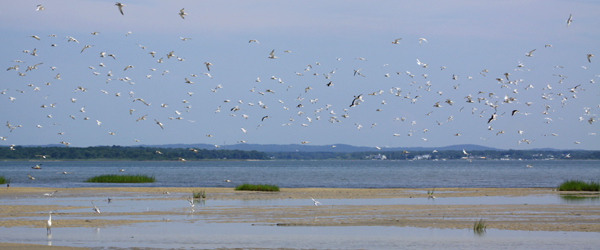
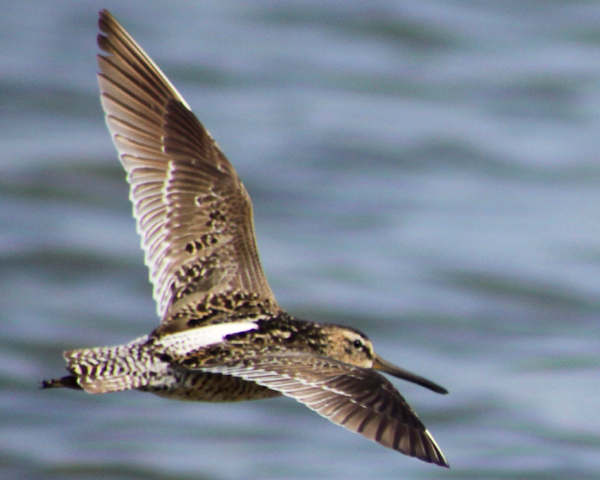
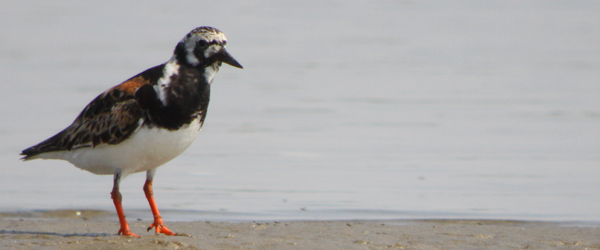
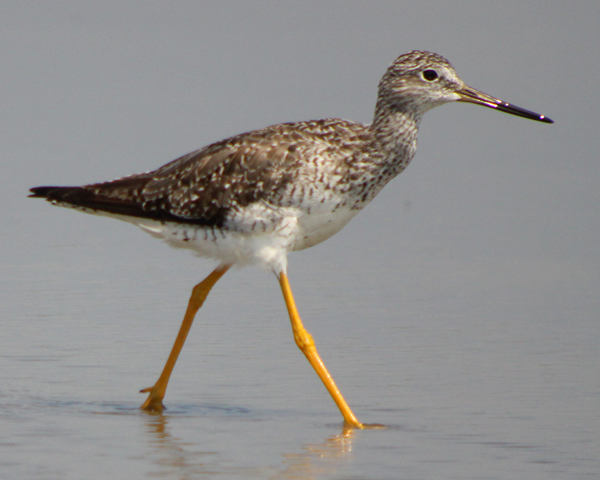
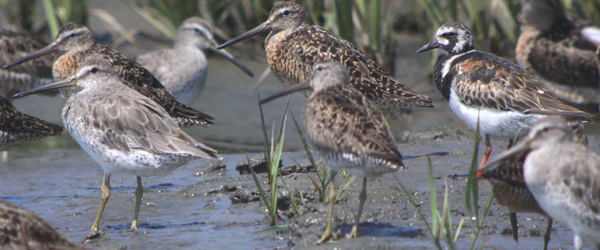
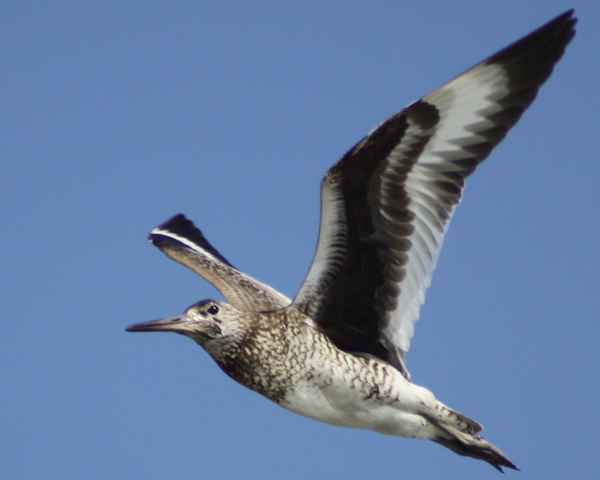
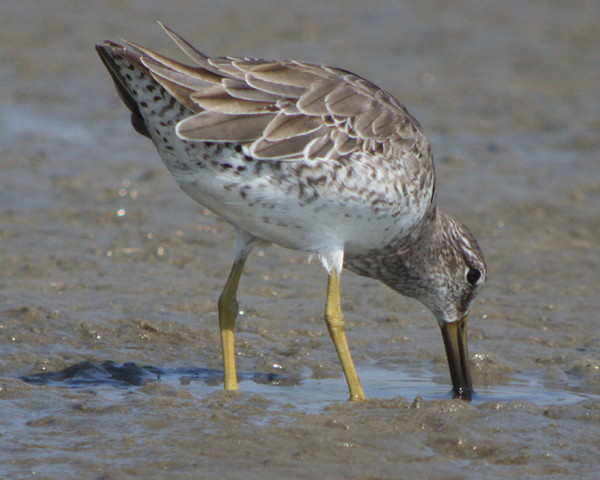
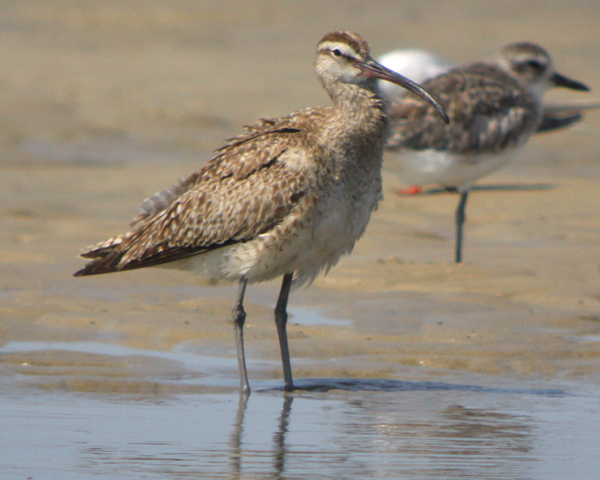
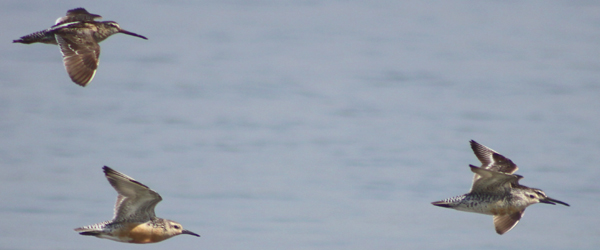
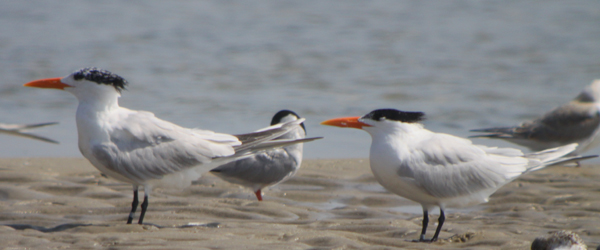
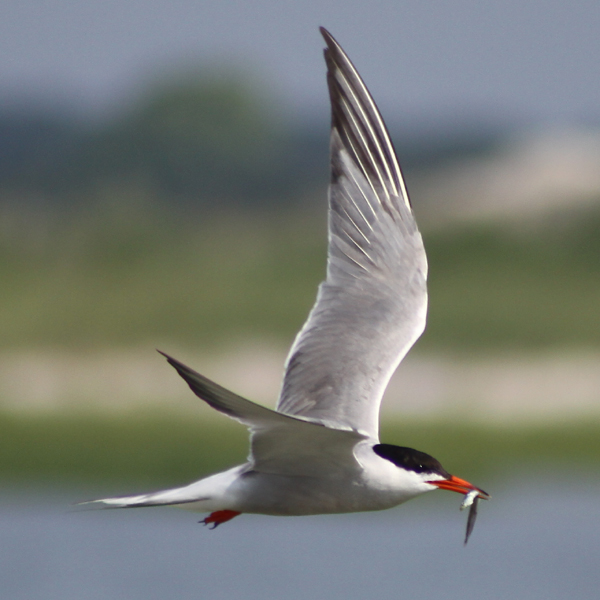
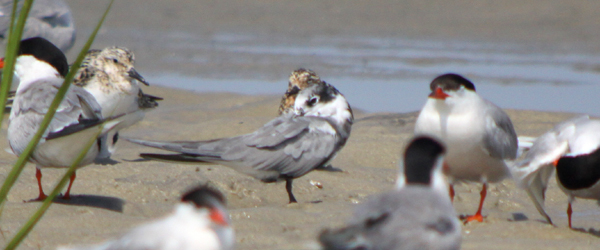
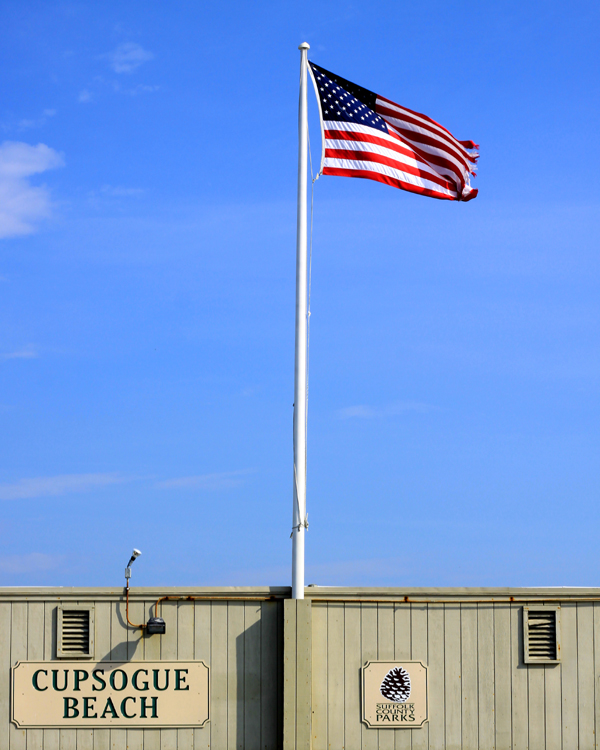










A Whimbrel in New York? Sweet!
That there is some mighty fine birding and some might fine photography. I need to get myself out that way before the summer is out and partake in the bird feast.
Where’s the Yellow-crowned Royal Tern?
@Mike: I know, right?
@Nick: Thanks…and you do make a run let me know, I’d love to actually, you know, bird with you.
@Jochen: I’m going to make you wait until next year for your gallery now.
@Corey: good excuse. You probably aren’t skilled enough to photoshop so many Black-crowned Night-herons into the “Night-heron-Americans-Made-Up-As-Revenge-For-The-Treecreeper-Hoax” fast enough to get your gallery done this year.